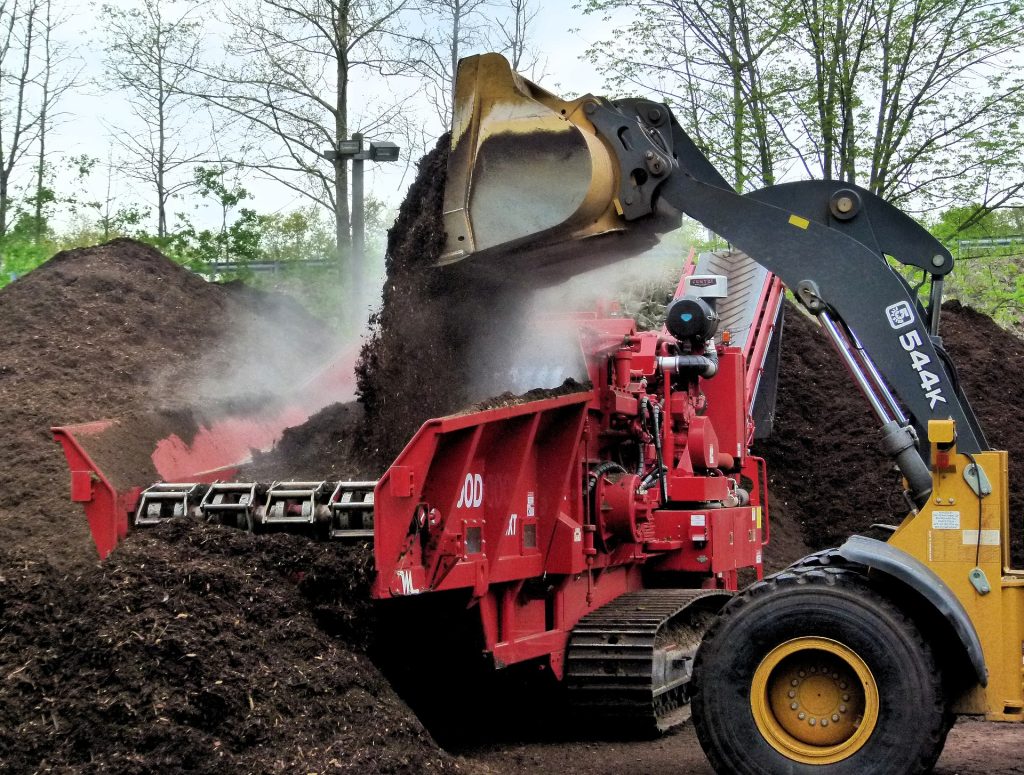Contrary to some popular belief, concrete swimming pools are not necessarily underground. Likewise, wood and steel are not the only possible building materials for an above-ground swimming pool. A little at the center of these different combinations, an above-ground concrete swimming pool is a choice with many advantages. Our experts tell you about it in this article and offer you a short construction guide.
Summary
Above-ground concrete pool: what are the different types?
If we take into account the construction process, two main types of above-ground concrete swimming pools are to be considered:
The concrete swimming pool in kit form
This type of above-ground pool is built by assembling modular reinforced concrete panels. These are used to form the structure of the pool, as is the case for an above-ground steel or wood pool.
The concrete block pool
This is the classic construction method. Right here, concrete blocks are laid one by one in order to assemble the walls of the swimming pool. Concrete pillars and horizontal reinforcement are used to reinforce the structure so as to obtain a very strong reinforced concrete above ground pool.
What are the advantages of an above-ground concrete swimming pool?
Choosing an above-ground concrete pool makes it possible to benefit from several advantages which are essentially linked to the characteristics of this manufacturing material. These include:
Strength and resistance
Recognized for its strength, but also for its resistance and waterproofness, concrete represents the ideal material for an above-ground swimming pool. It allows you to enjoy a sustainable bathing area. No wonder then that the builders of these types of pools generally offer several years of warranty …
Ideal for small spaces
The above-ground concrete swimming pool is a wise choice for owners with limited “swimming pool” space. Indeed, concrete block walls or reinforced concrete panels used in construction are very solid. It is therefore not necessary to install struts on the outside of the structure in order to reinforce the latter, as is the case for above-ground swimming pools built with other materials. The space saving achieved in this way is relatively large.
Adaptable to all surfaces
Forget the usual constraints linked to the nature of the terrain. In most cases, it is indeed possible to install an above-ground concrete swimming pool, even on land that is not necessarily suitable for installation with other materials. It is therefore quite possible to have a swimming pool of this type built. on sloping ground, for example.
An aesthetic choice
Don’t be fooled by the rough appearance of concrete. It is indeed possible to take advantage of the strength of this material, while ensuring the comfort and the final aesthetics of the pool. For this, it suffices to cover the concrete panels and copings with the coating of your choice. In this context, waterproof “wood look” coverings are an excellent choice to integrate the installation into the garden and the rest of the house in a harmonious way.
What are the stages in the construction of an above-ground concrete swimming pool?
Are you seduced by the idea of installing a solid and aesthetic above-ground swimming pool in your garden? Good idea ! However, unless you are very experienced and well-equipped, it is best to entrust construction to professionals. And this is valid for a swimming pool in kit form as well as for a swimming pool built in concrete blocks. You will thus have the assurance that your construction meets all the standards and that it will be durable.
However, here are the different steps that must be followed in the construction of an above-ground concrete swimming pool:
- Delimitation of the earthworks. This involves clearly tracing the installation area of your above-ground pool using a construction spray;
- The earthworks itself. This operation is carried out using a mini excavator or a crawler excavator after having calculated the volume of soil to be extracted. This prerequisite is necessary in order to assess the storage area or the number of soil trucks that will have to be removed from the site;
- Realization of the raft. The raft is a reinforced concrete slab that raises the bottom surface and reinforces the location of the pool;
- Installation of steel rails. These will accommodate the concrete panels before their assembly if it is a kit pool. In the case of a concrete block swimming pool, a first row is inserted on the vertical posts before the walls are assembled, the reinforcement, then the pouring of the concrete;
- Installation of a filtration unit;
- Laying of a geotextile (or bidim) in order to protect the coating and to guarantee the waterproofing of the basin;
- Installation of a swimming pool covering: paint, mosaic, tiling or even liner, according to your preferences;
- Fixing the copings.
In order to benefit from the best prices and the best service for the construction of your above-ground concrete swimming pool, do not hesitate to request several quotes and compare them.
Read also: What regulations to build a swimming pool?




